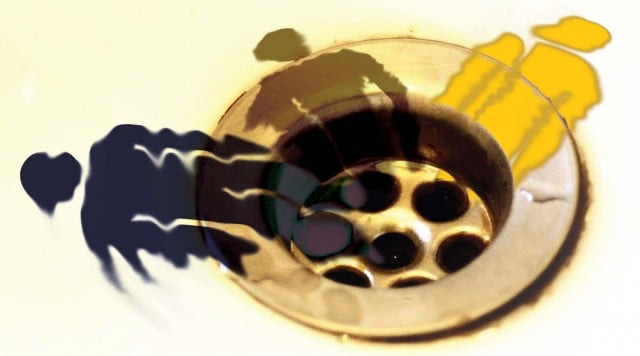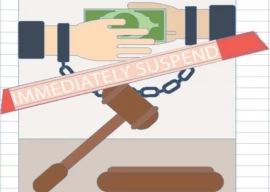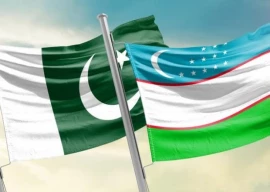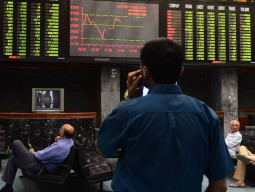
The stock market’s capitalisation and worth had already increased by massive degrees during Shaukat Aziz’s term as Pakistan’s finance minister who led the privatisation of state owned banks. After being privatised the banks started pumping funds into the stock market through their own investment companies. As a result the stock market’s capitalisation grew from 14.1 per cent in 2002 to 19.9 per cent the next year. When Aziz became prime minister in 2004 market capitalisation increased even further to 29.9 per cent. Capitalisation continued to increase during his term, rising to 42, 35 and 49.2 per cent in 2005, 2006 and 2007.
This artificial boom led to a massive campaign in consumer finance by banks. With everyone under the false impression of economic progress some consumer goods sectors actually did benefit from this fake rally.
Foreign investors and other beneficiaries packed their bags after earning hefty profits as soon as the stock market’s bubble burst. The crash resulted in a collapse of Pakistan’s already traumatised foreign exchange reserves and a 30 per cent devaluation in the rupee. Pakistan was soon knocking on the doors of IMF and other Friends of Democratic Pakistan for aid once again.
If we assume that an increase of 1,000 points in the index requires fresh investments of $0.8 billion, then the rise of 11,000 in the index should have added about $40 billion to the profits earned by stock traders.
This is equivalent to the total value of the country’s export over four years. The impact of this wealth being created without any real production of value is phenomenal. Inflation rose 30 per cent, the number of those under the poverty line doubled and the rupee went down by a massive amount.
The unkindest cut of all is that traders make profits through short selling even when market falls. They sell at higher prices when they realise that a stock is going down absolving themselves of any repercussions. This is why the notorious stock market crash of 2006 is said to have been master minded.
Bankers and brokers made $50 billion, the independent judiciary which was restored so that they investigate the scan has done nothing but pursue President Asif Ali Zardari’s $60 million assets.
Shockingly the practice of making money magically appear out nowhere continues. Groups of overseas Pakistani’s with hedge funds, local investment companies, brokers and banks are reportedly involved.
Gains made from the markets ups and downs are later remitted overseas in the form of foreign exchange. This results in the devaluation of the rupee and puts pressure on foreign exchange reserves. The remainder of this artificial money is entered in to the accounts of bankers and brokers - fuelling inflation and making life more difficult for the poor.
Published in The Express Tribune, June 28th, 2010.


















COMMENTS
Comments are moderated and generally will be posted if they are on-topic and not abusive.
For more information, please see our Comments FAQ